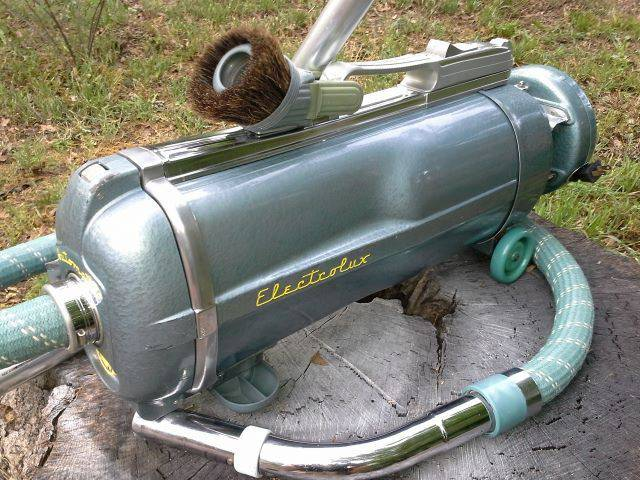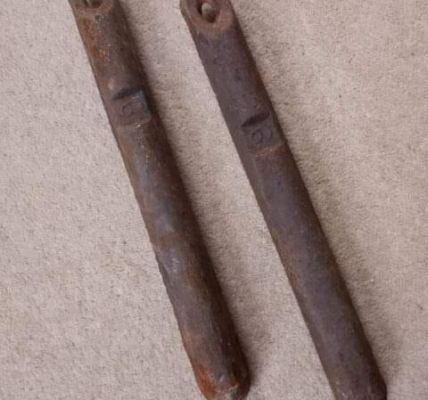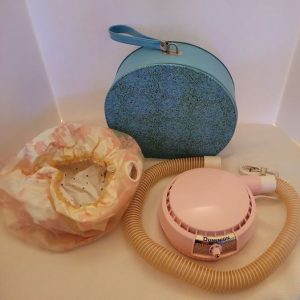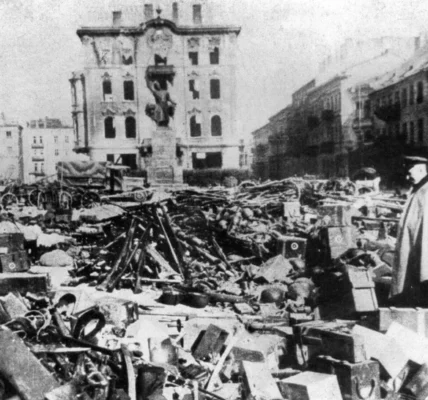The vacuum cleaner, or simply “vacuum,” is a household staple known for its ability to remove dirt and debris from floors, carpets, and more. Over the years, the vacuum cleaner has evolved from a simple manual device to a high-tech, autonomous cleaning marvel. Whether it’s for home use or commercial settings, the vacuum cleaner’s journey is marked by innovation, making it an indispensable part of modern life. Let’s dive into the fascinating history, types, and advancements of this essential cleaning tool.
The Early Days: Origins of the Vacuum Cleaner
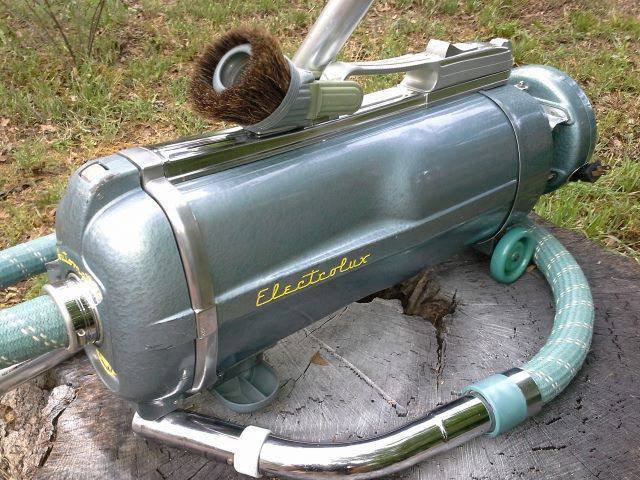
The story of the vacuum cleaner begins with manual carpet sweepers. These devices, developed in the 1860s, were designed to pick up dirt using rotating brushes. Early models were operated manually, using bellows or hand-cranked fans to generate suction.
- Daniel Hess’s Carpet Sweeper (1860): One of the first manual vacuum cleaners was invented by Daniel Hess in West Union, Iowa. It featured a rotating brush and bellows for suction, laying the groundwork for future innovations.
- Ives W. McGaffey’s Whirlwind (1868): Another early model was the Whirlwind, invented by Ives W. McGaffey in Chicago. It used a belt-driven fan to generate airflow but was bulky and challenging to operate.
These initial designs were far from perfect, but they marked the beginning of a journey that would lead to motorized and more efficient models.
Powered Vacuum Cleaners: The Next Generation
By the late 19th century, powered vacuum cleaners began to emerge, using air propulsion and, later, suction to clean surfaces.
- John S. Thurman’s Pneumatic Carpet Renovator (1898): John S. Thurman, a St. Louis inventor, introduced a powered vacuum cleaner that worked by blowing dust into a receptacle. His “Pneumatic Carpet Renovator,” run by an internal combustion engine, was part of a door-to-door cleaning service.
- Hubert Cecil Booth’s Suction Cleaner (1901): The true breakthrough came when British engineer Hubert Cecil Booth invented the first suction-powered vacuum cleaner in 1901. His “Puffing Billy,” powered by a gasoline engine, relied entirely on suction, marking the transition from blowing to pulling dust. The device was horse-drawn and offered as part of a cleaning service for homes and buildings.
- David T. Kenney’s Stationary Vacuum System: Around the same time, American inventor David T. Kenney developed a stationary steam-powered vacuum system with pipes and hoses running throughout buildings. This massive system paved the way for central vacuum systems used in large establishments.
Domestic Vacuum Cleaners: Bringing Cleaning Home

The real shift toward household vacuums began with innovations that made these devices portable and user-friendly.
- Walter Griffiths’ Portable Vacuum (1905): Walter Griffiths, an English manufacturer, designed a hand-operated vacuum that was marketed for home use. This device was easy to store, with flexible hoses and multiple nozzles to reach different areas.
- James B. Kirby’s Cyclone Vacuum (1906): James B. Kirby introduced the “Domestic Cyclone,” which used water for dirt separation. This innovation was the precursor to the Kirby Vacuum Cleaner, which became known for its durable design and powerful suction.
- James Murray Spangler’s Electric Suction Sweeper (1907): The biggest leap came from James Murray Spangler, a janitor in Canton, Ohio, who invented the first portable electric vacuum cleaner. Spangler’s model featured a rotating brush, electric fan, and dust bag, making it a game-changer for home cleaning. Unable to fund production, Spangler sold the patent to William Henry Hoover, who improved the design and launched the Hoover Company in 1908.
The Hoover Revolution: Setting the Standard
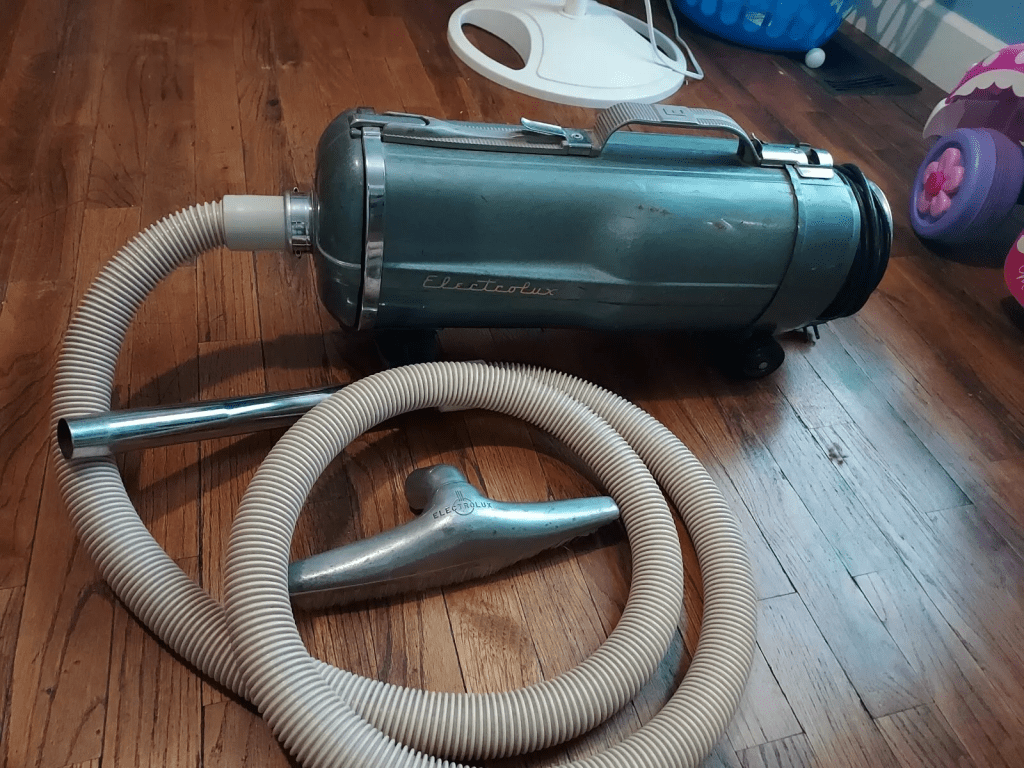
William Hoover’s improvements to Spangler’s design transformed the vacuum cleaner into a popular household appliance. The Hoover Company introduced several innovations:
- The Hoover Model O (1908): This model featured a steel casing and attachments, making it durable and versatile. It sold for $60, equivalent to over $2,000 today.
- Beater Bar Technology (1919): Hoover’s “It Beats as it Sweeps as it Cleans” campaign introduced the beater bar, which helped dislodge dirt from carpets, improving cleaning performance.
- Disposable Filter Bags (1920s): The introduction of disposable filter bags made cleaning and maintenance easier for users, enhancing the appeal of vacuums.
- Upright Vacuum (1926): Hoover launched the first upright vacuum cleaner, which became a household favorite due to its efficient design and easy maneuverability.
Global Expansion: Vacuum Cleaners Around the World
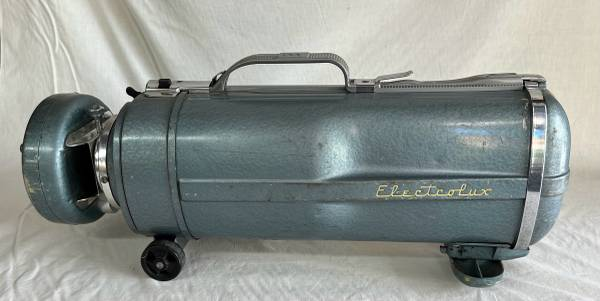
Vacuum technology spread across the globe, with several companies contributing to the evolution of the cleaner:
- Electrolux Model V (1921): In Sweden, Electrolux launched the Model V, featuring a lightweight design that could be pulled on metal runners. This made vacuuming easier and more effective for households.
- Vorwerk (1930s): The German company Vorwerk introduced its own line of vacuum cleaners, selling them through direct sales methods, a strategy that proved highly successful.
- Post-War Boom: After World War II, vacuums became more affordable and widespread. They moved from being luxury items to standard household appliances, particularly in Western countries with extensive wall-to-wall carpeting.
Modern Innovations: From Cyclonic Action to Robotic Vacuums
The late 20th century brought more advanced vacuum technologies, focusing on efficiency, portability, and automation.
- Cyclonic Separation (1980s): Introduced by companies like Dyson, cyclonic separation technology revolutionized vacuum design by eliminating the need for filter bags. Instead, it used centrifugal force to separate dirt from the air, maintaining strong suction over time.
- Rechargeable Handheld Vacuums: Improved battery technology enabled the creation of lightweight, rechargeable handheld vacuums for quick clean-ups. These devices became popular for cleaning cars, stairs, and other small spaces.
- Central Vacuum Systems: Central vacuums became more common in larger homes, offering a built-in solution with a network of pipes leading to a central collection unit, providing powerful suction throughout the house.
- Robotic Vacuums (1997): Electrolux debuted the Trilobite, the first autonomous robotic vacuum cleaner, marking the beginning of a new era in home cleaning. Robotic vacuums, equipped with sensors and navigation systems, could clean floors independently. Over the years, brands like iRobot’s Roomba improved the technology, making robotic vacuums a common household feature.
Vacuum Cleaner Varieties: Types for Every Need
Today, vacuum cleaners come in various shapes and sizes, each designed to tackle specific cleaning tasks:
- Upright Vacuums: Ideal for large carpeted areas, these vacuums offer strong suction and are typically equipped with beater bars for deeper cleaning.
- Canister Vacuums: These models have separate canisters and hoses, making them versatile for both hard floors and carpets. They are also easy to maneuver under furniture.
- Stick Vacuums: Lightweight and cordless, stick vacuums are perfect for quick clean-ups and smaller spaces. They’re easy to store and highly convenient.
- Handheld Vacuums: Compact and portable, handheld vacuums are designed for spot cleaning, making them great for cars, upholstery, and tight corners.
- Robotic Vacuums: These devices operate autonomously, using sensors to navigate and clean rooms. They are perfect for maintaining floors between deep-cleaning sessions.
Conclusion: The Timeless Utility of Vacuum Cleaners
From their beginnings as manual sweepers to the latest robotic models, vacuum cleaners have come a long way. They’ve evolved into high-tech, energy-efficient devices that meet the diverse cleaning needs of households and businesses. As technology advances, vacuums will likely continue to adapt, becoming smarter, more powerful, and even more user-friendly. Whether it’s an upright model tackling carpet dirt or a robotic cleaner navigating under furniture, the vacuum cleaner remains an essential tool for a cleaner, healthier home.
